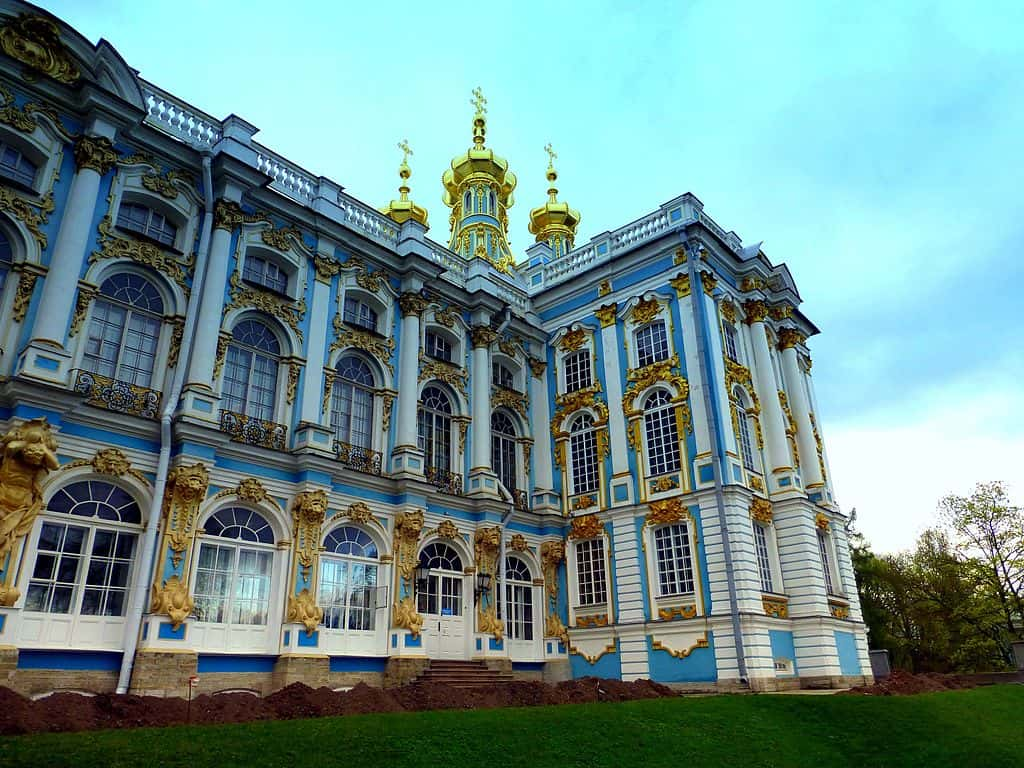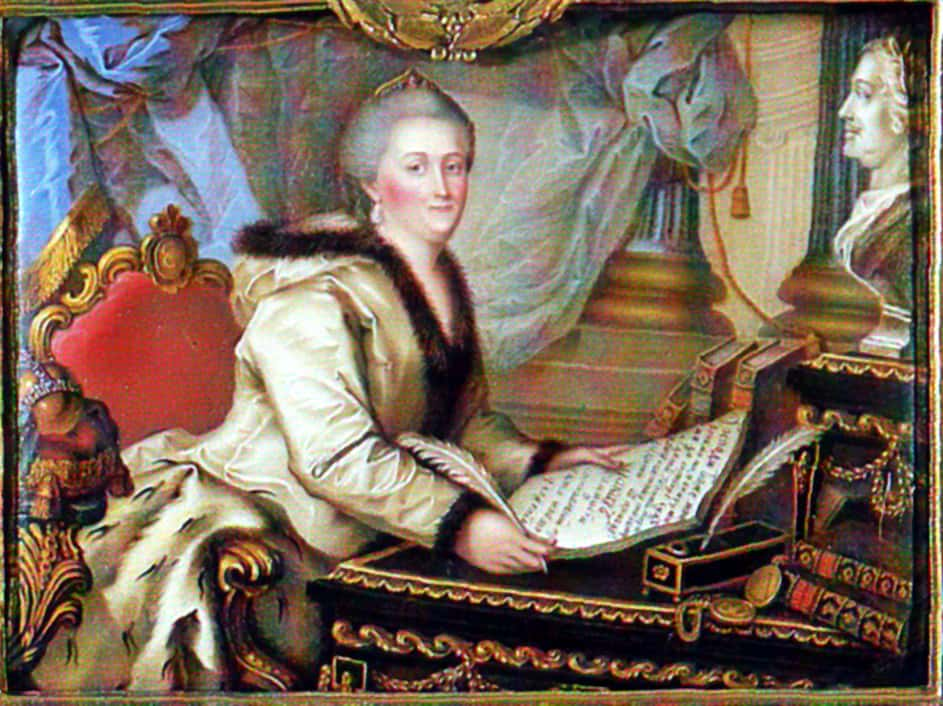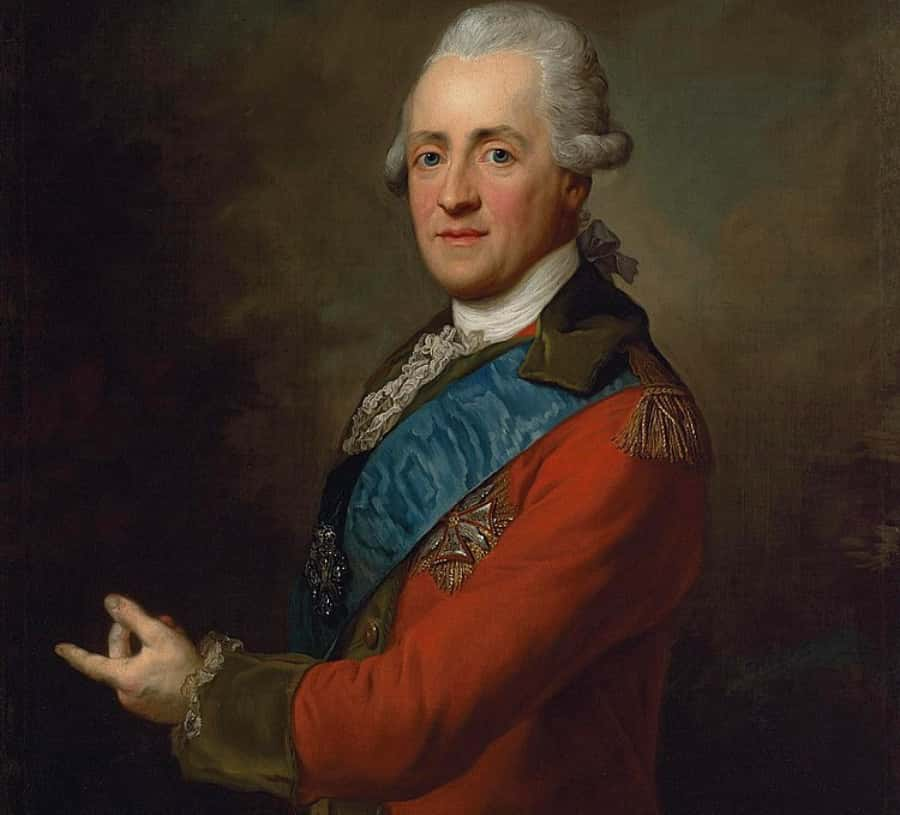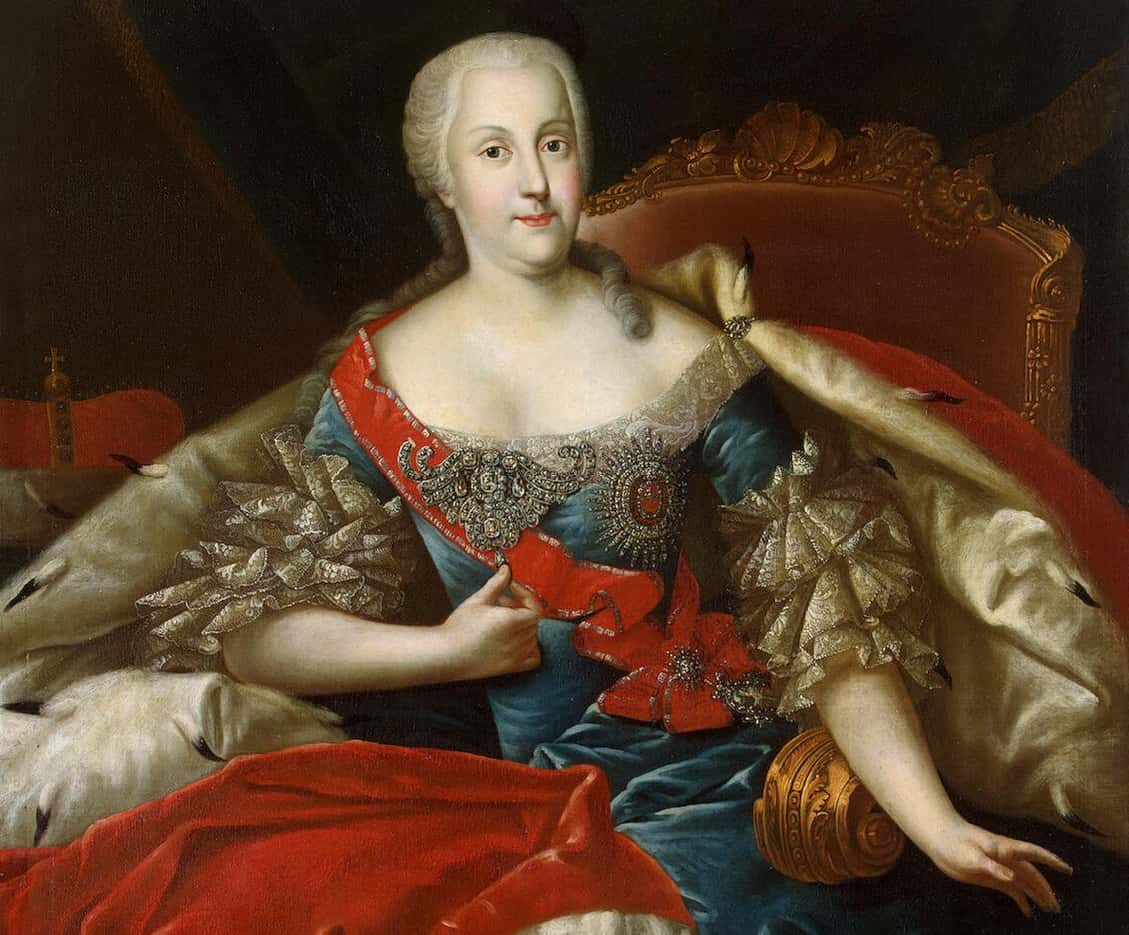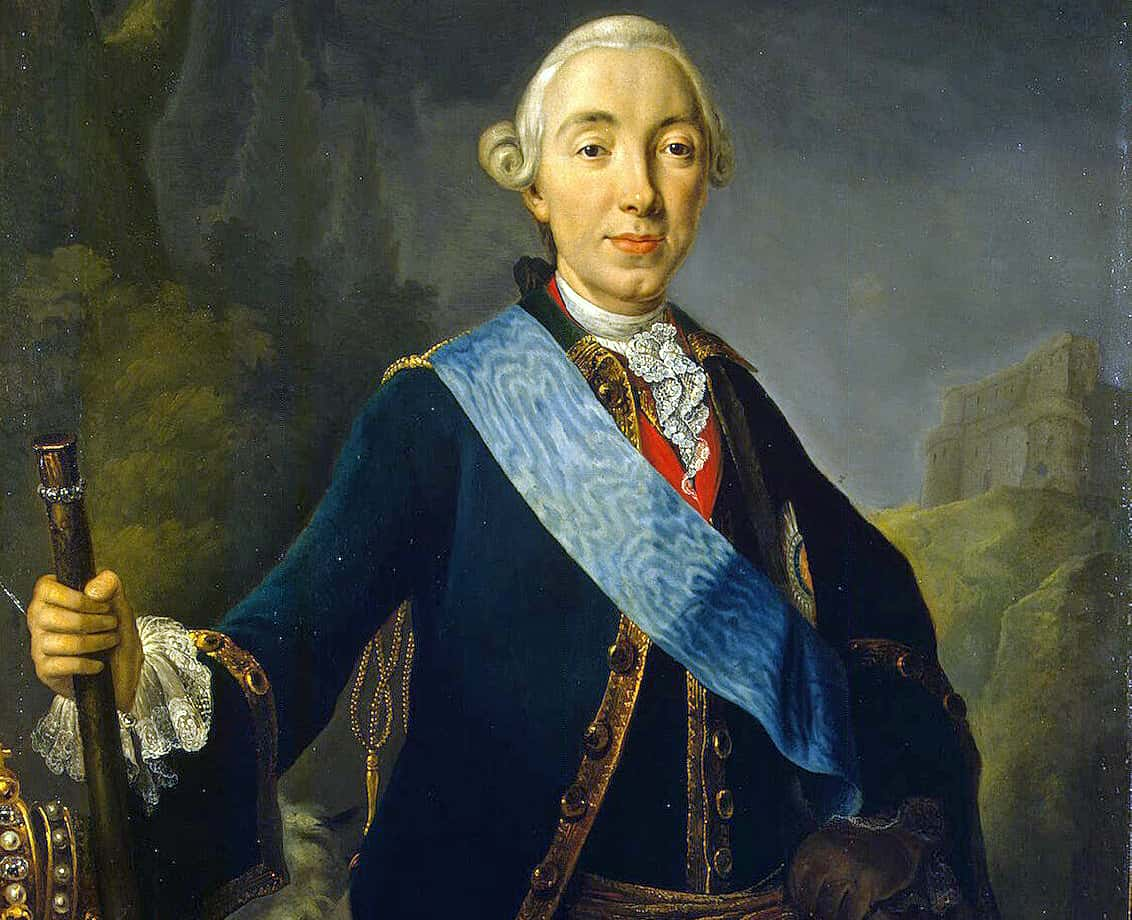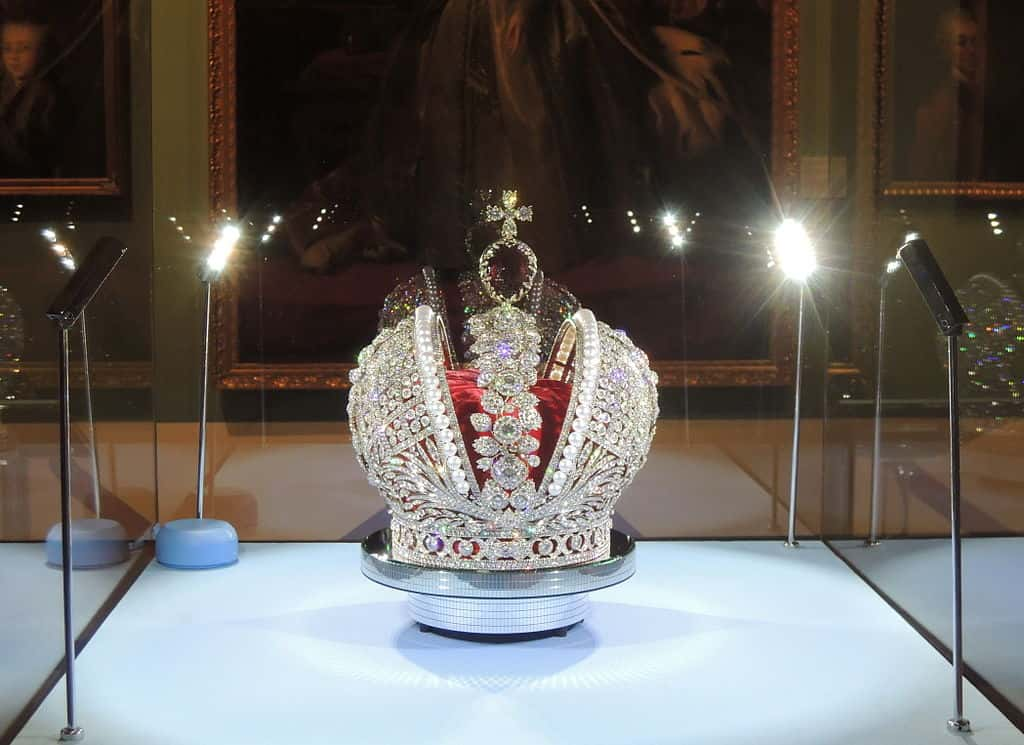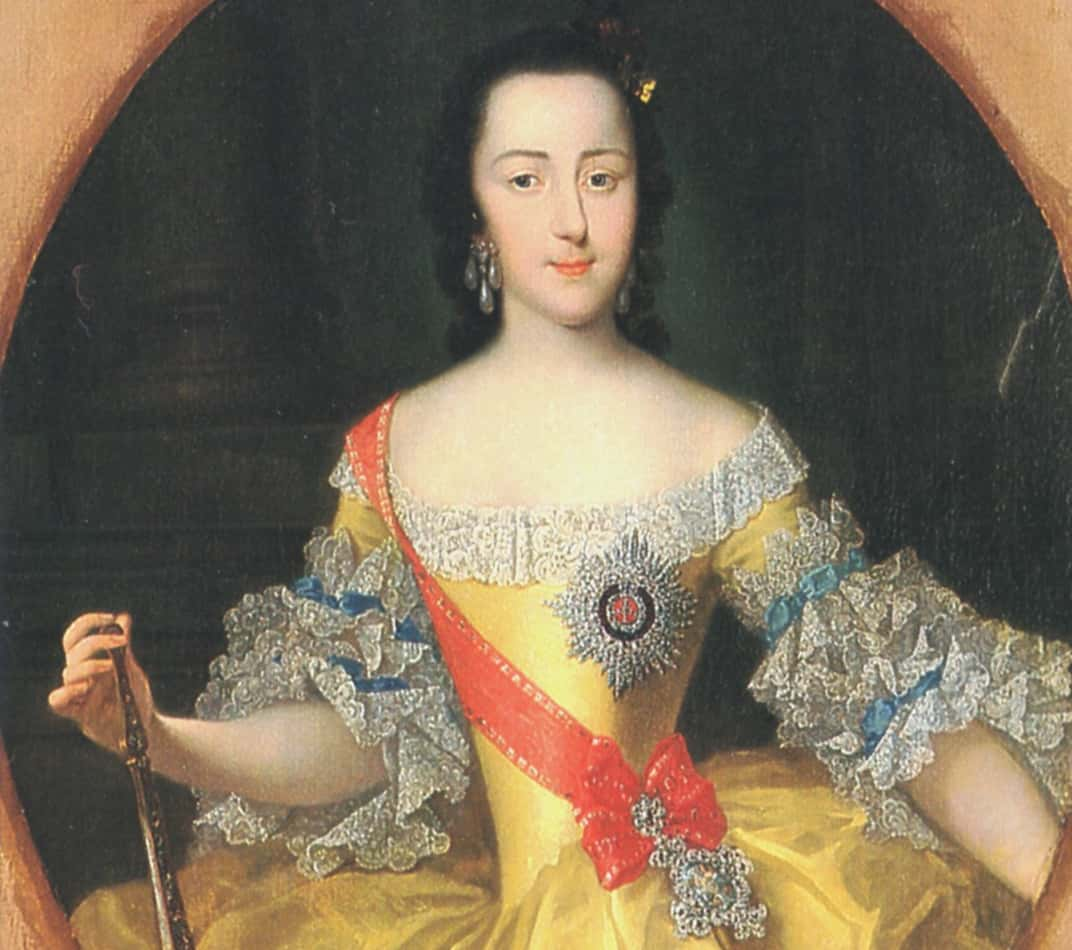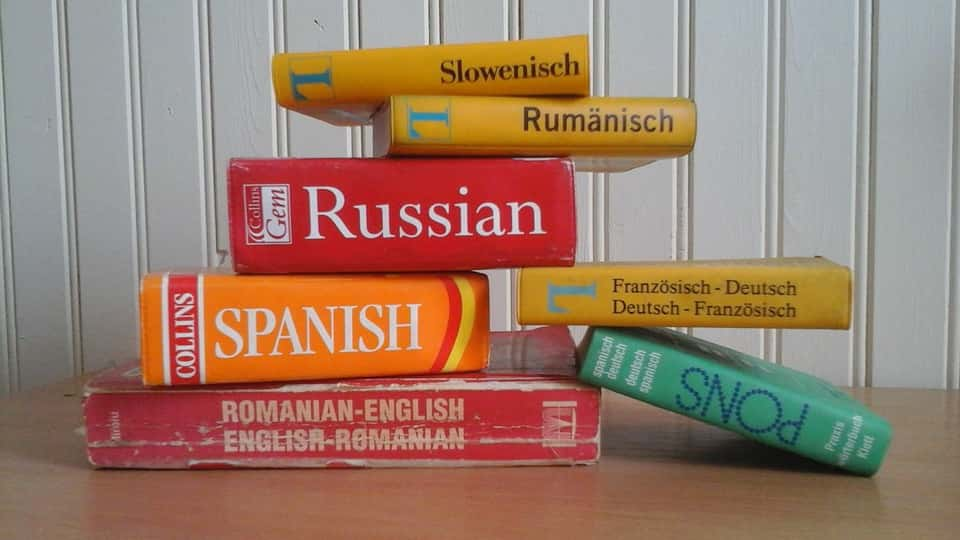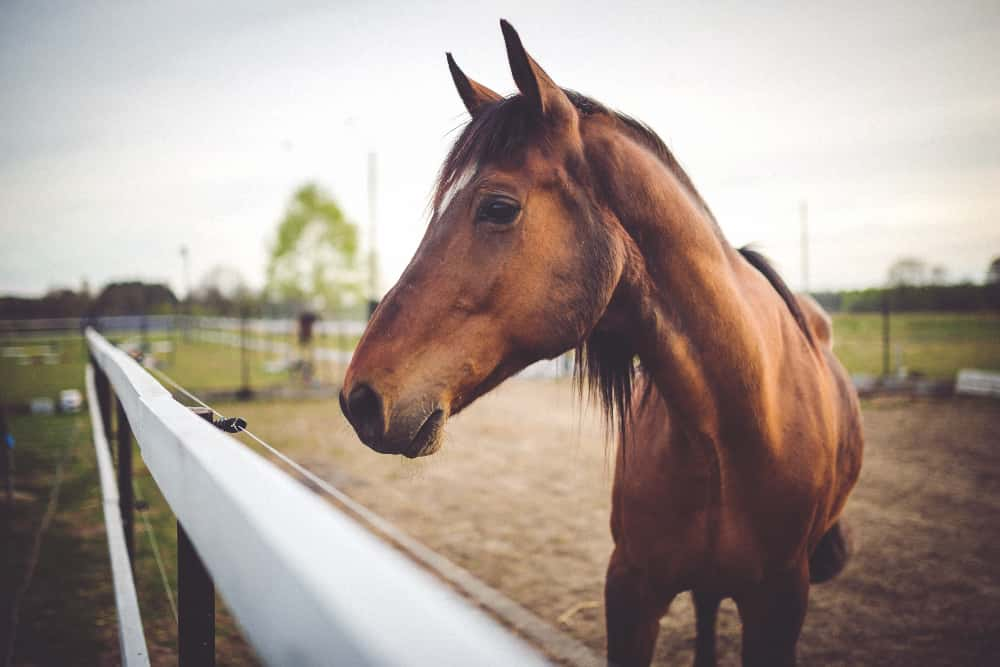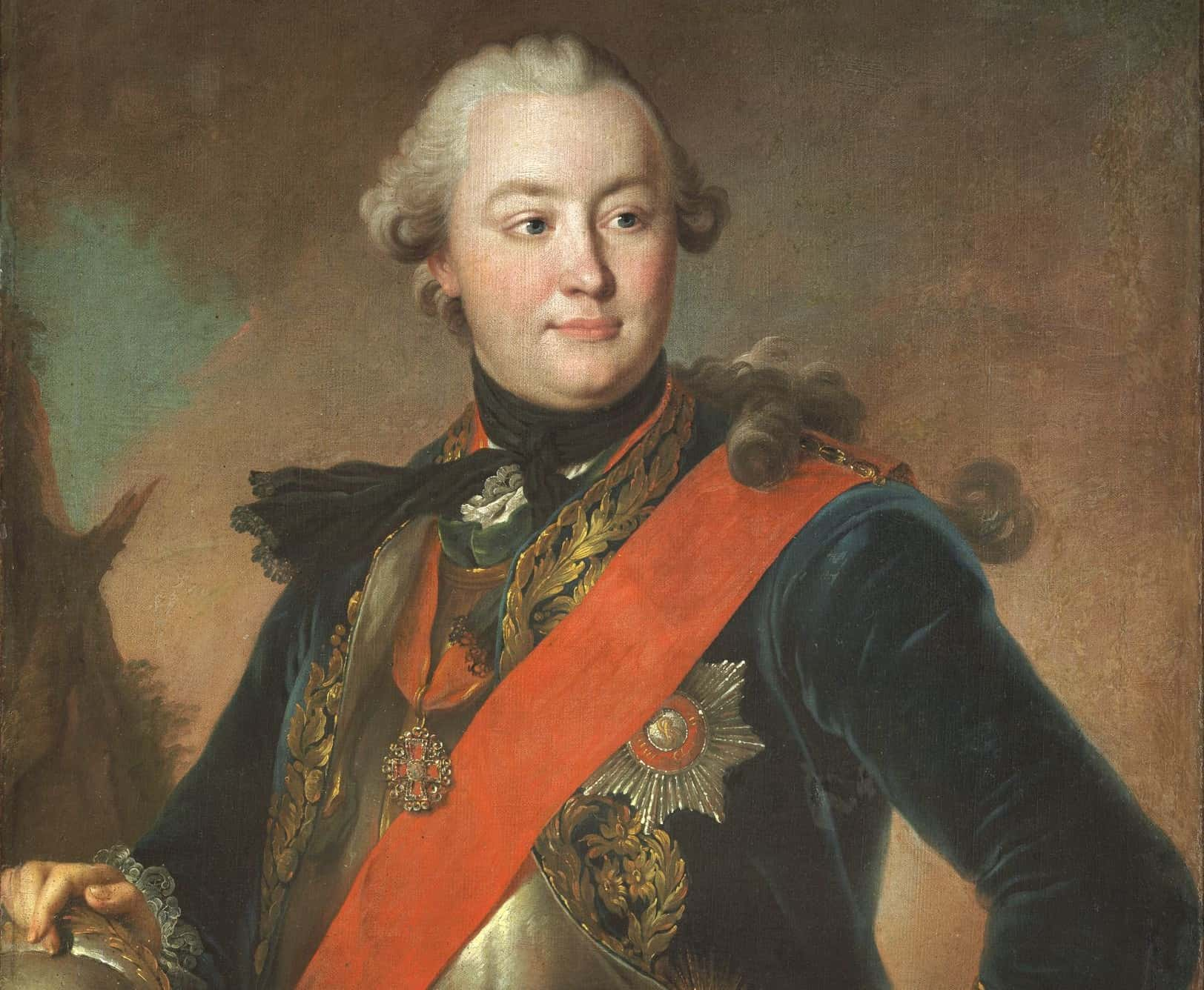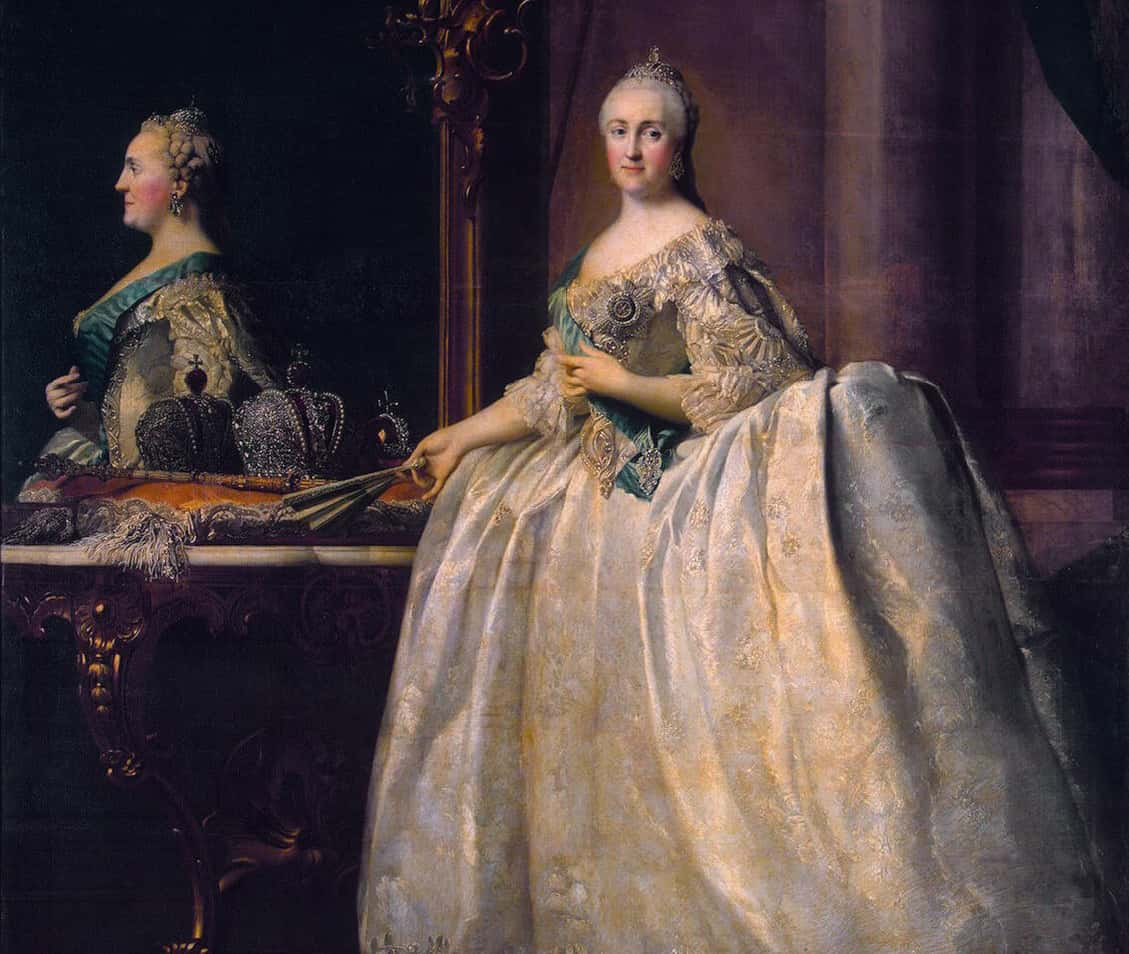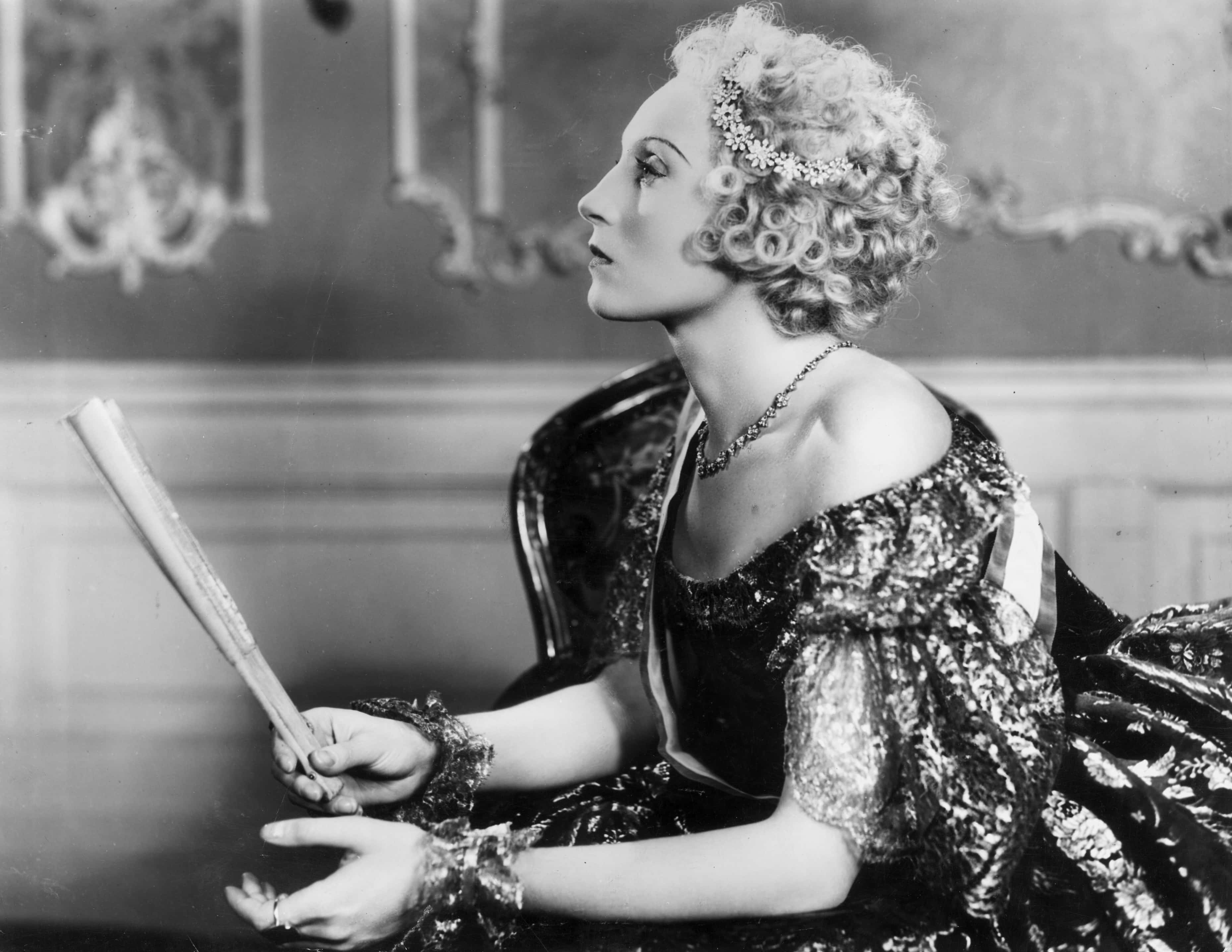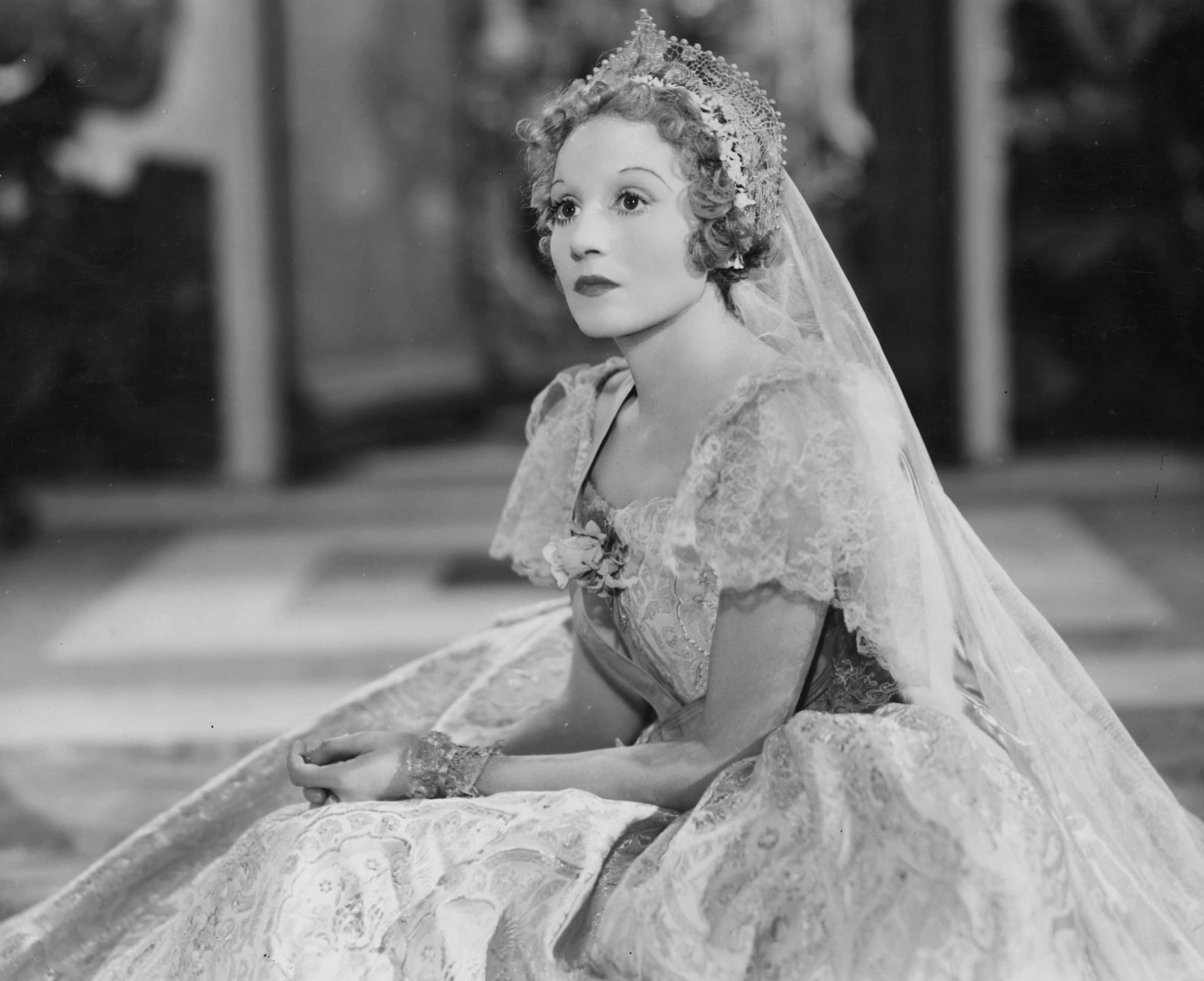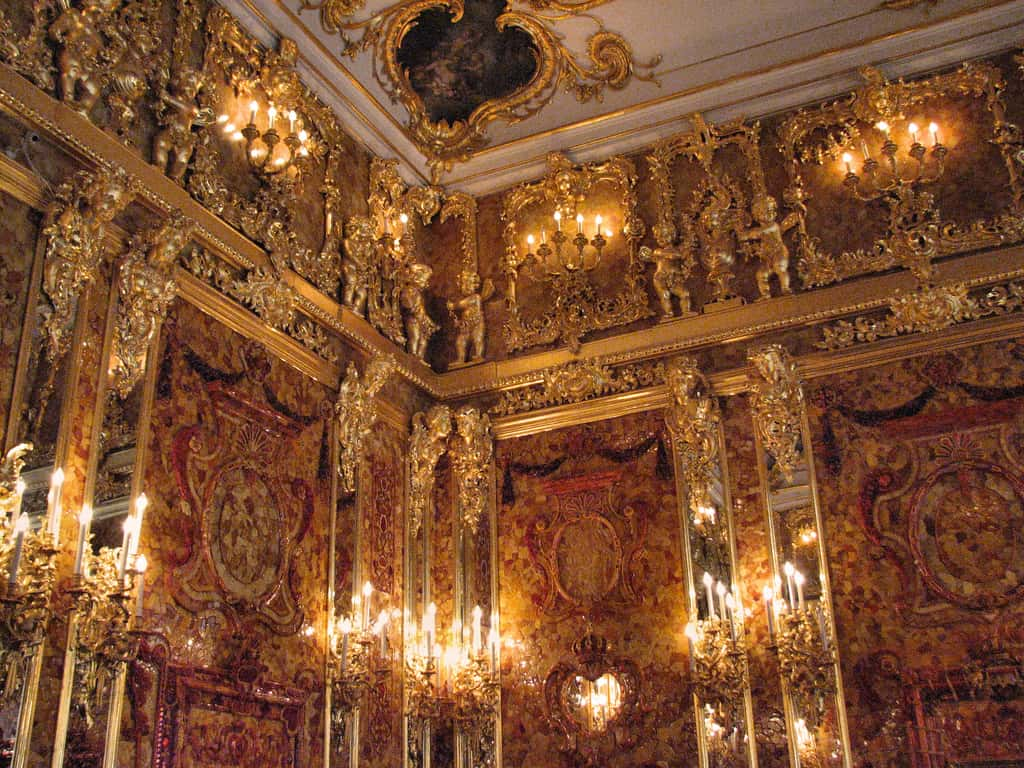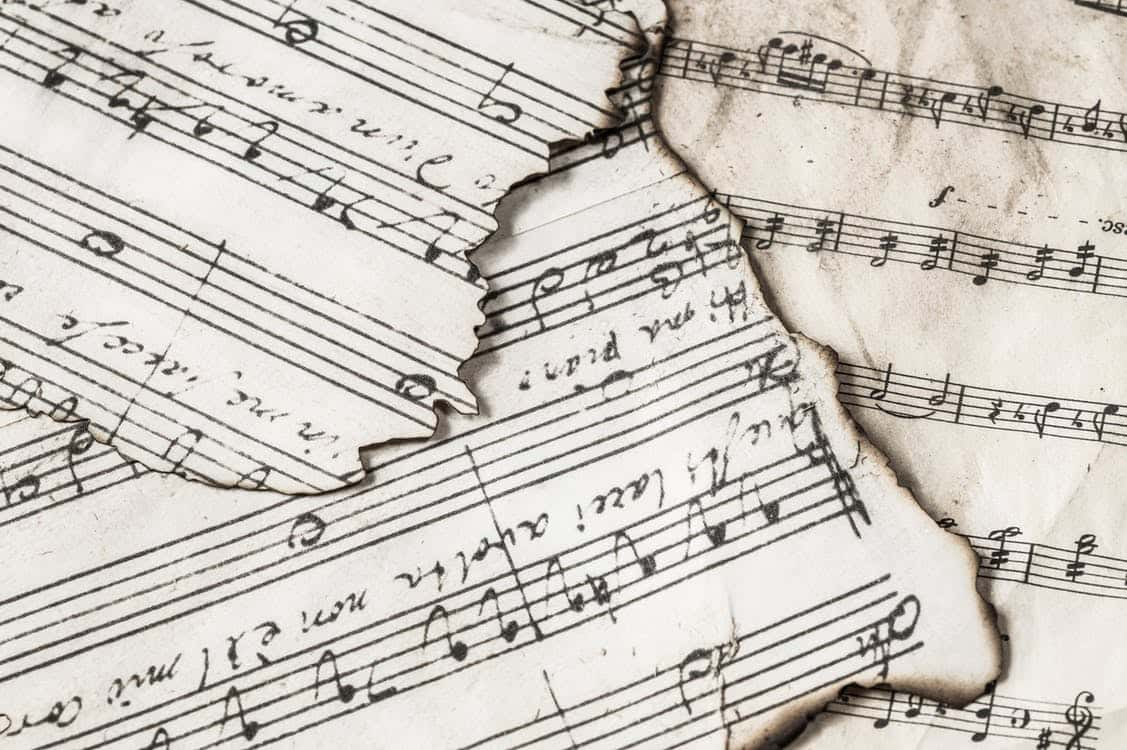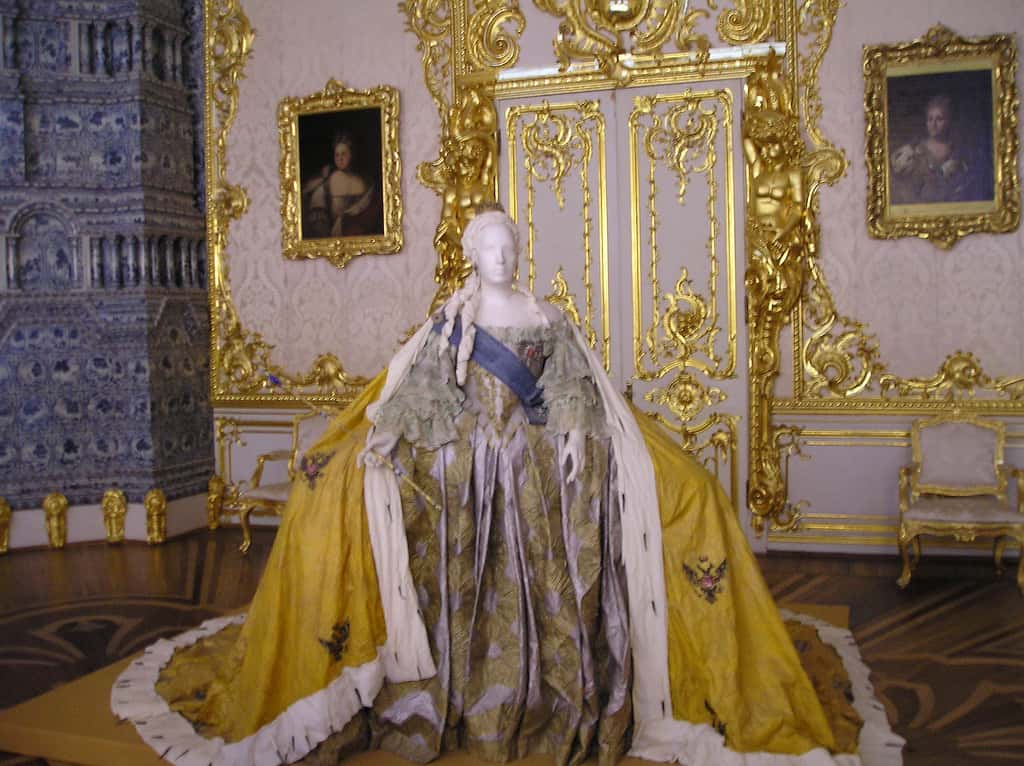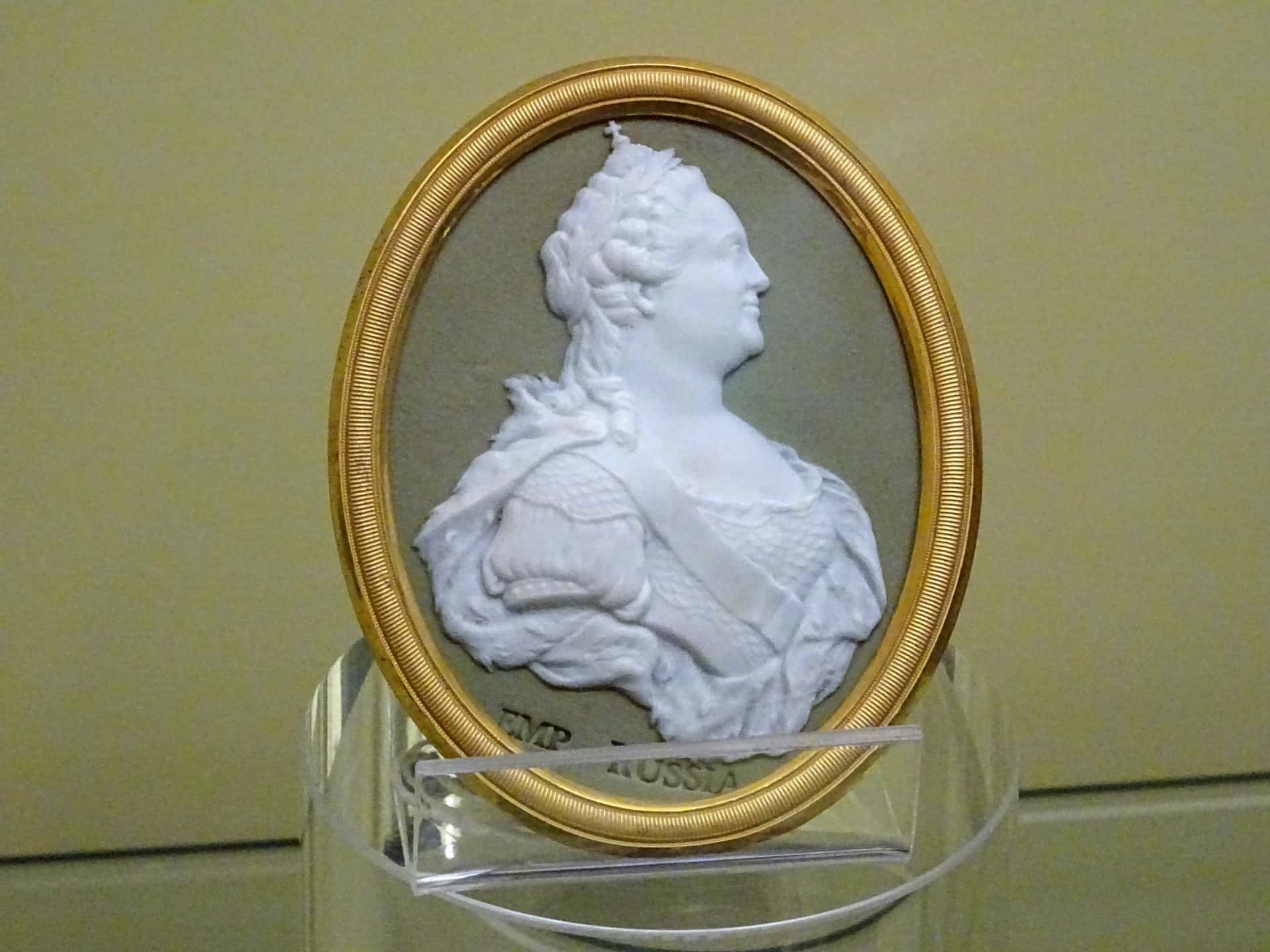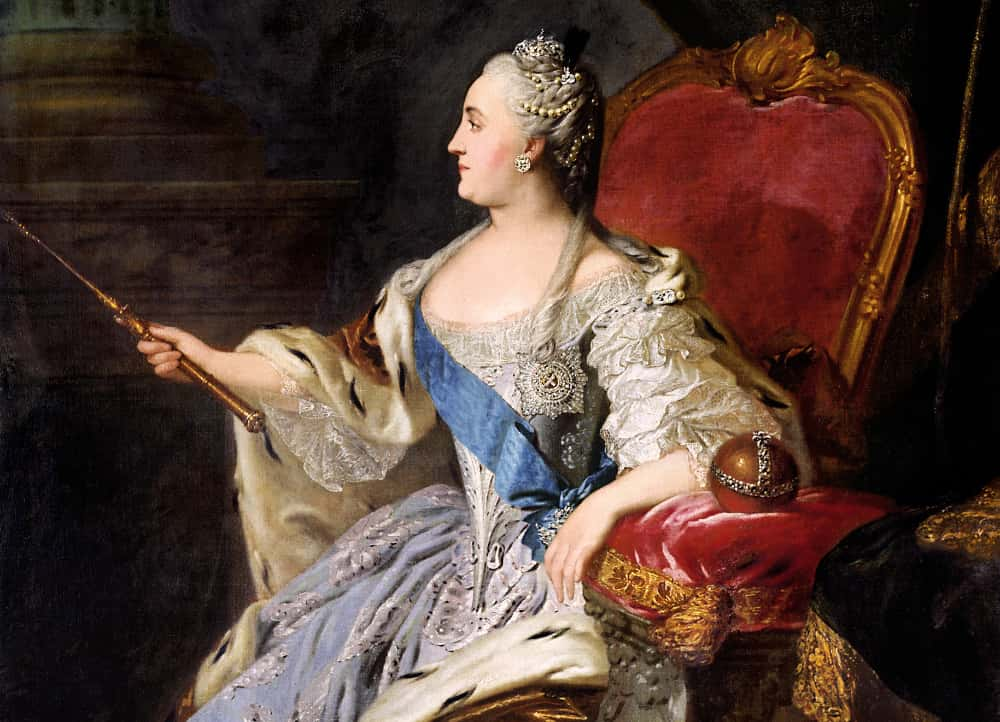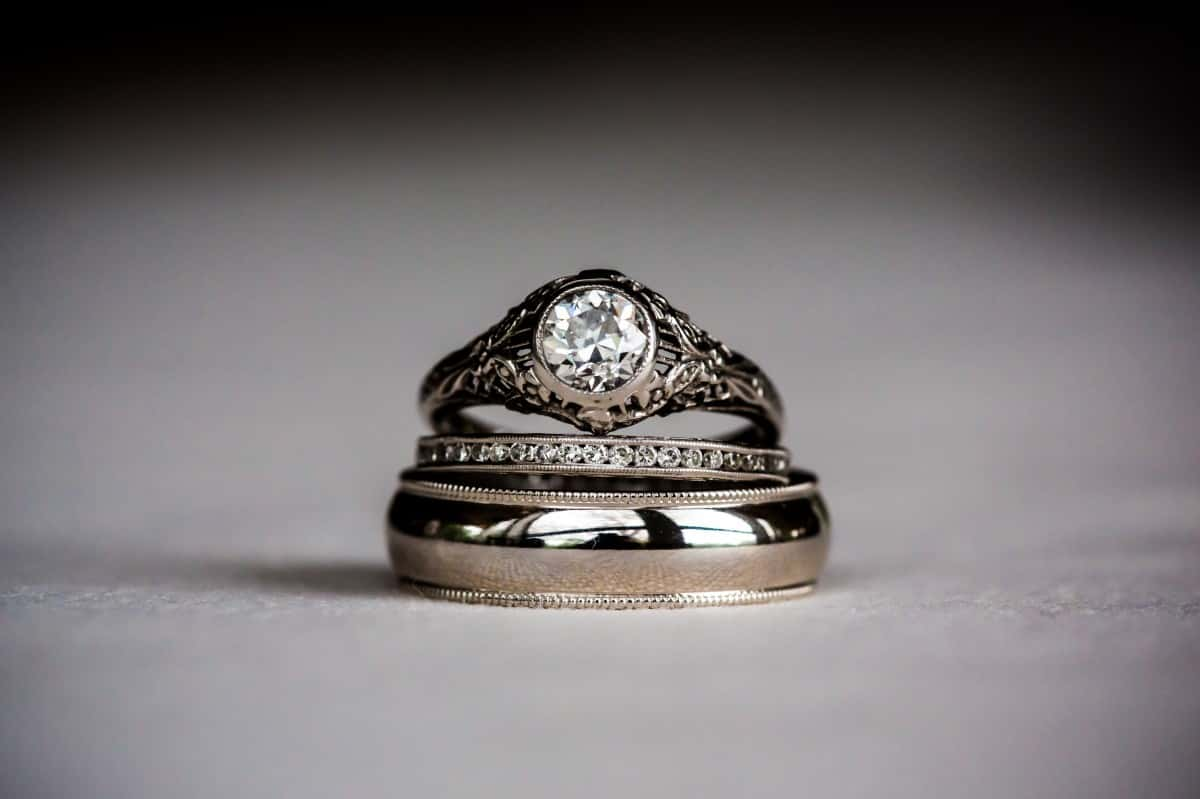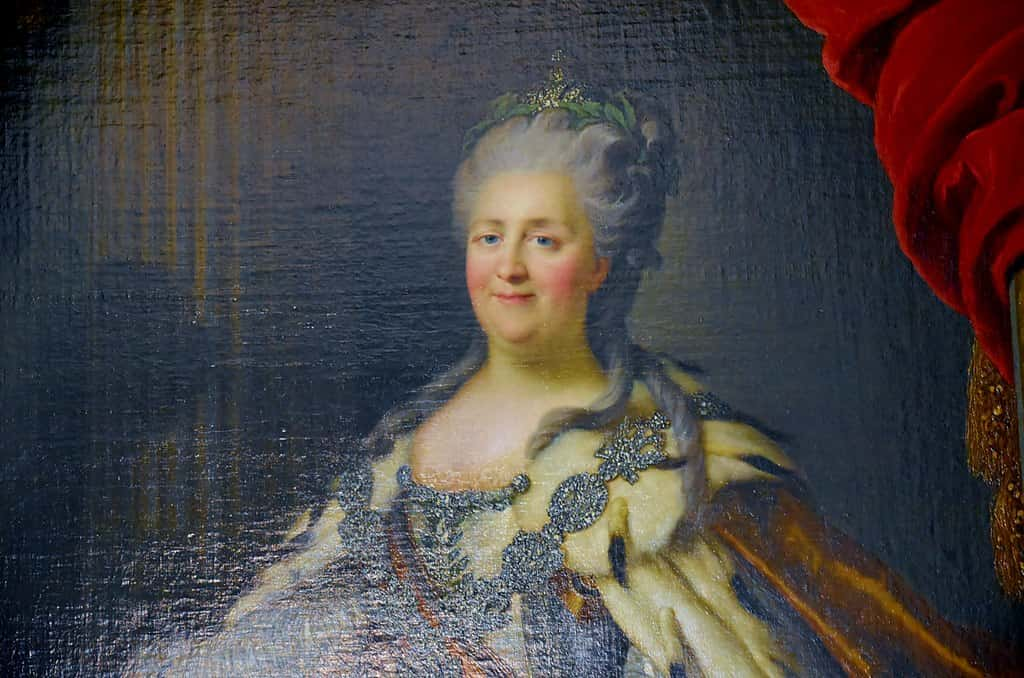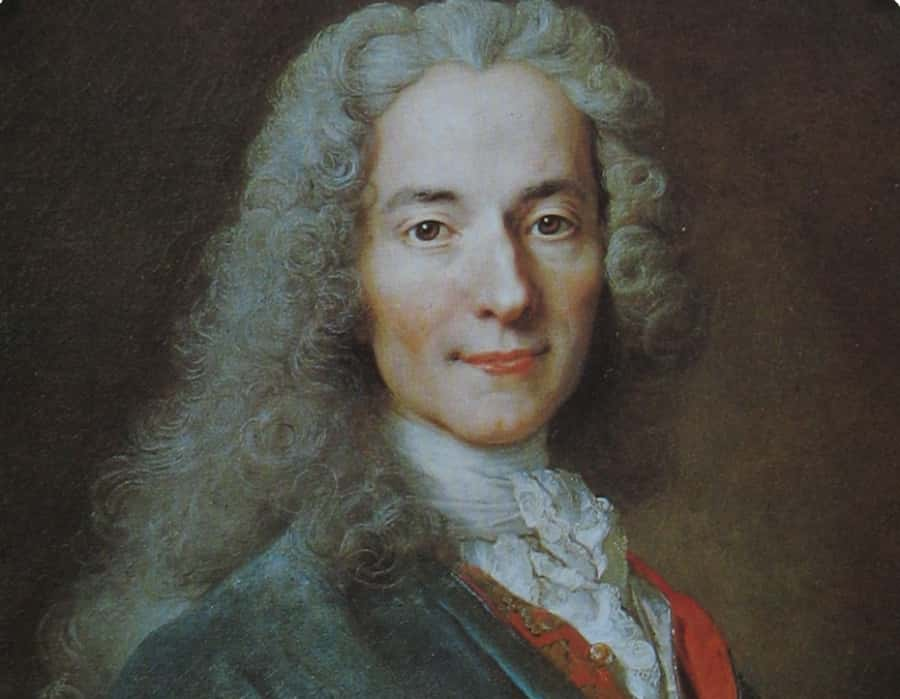What was the Amber Room?
The Amber Room was a gorgeous room made up of gilded panels encrusted with amber. It was built in the 1701 in Prussia, given to Peter the Great as a gift, and finally installed in the Catherine Palace. The room was used by Russian royals to entertain and impress foreign guests and dignitaries.
One of Catherine’s efforts at social reform came in a document known as the...
One of Catherine’s efforts at social reform came in a document known as the Nakaz. It outlined how the country’s legal system should run, called for capital punishment and torture to be outlawed, and for every man to be declared equal.
Catherine’s long-time lover (and father of one of her children) Stanislaw Poniatowski benefited greatly from Catherine’s support. She eventually made him king of which nation?
Catherine’s long-time lover (and father of one of her children) Stanislaw Poniatowski benefited greatly from Catherine’s support. They remained close even after their relationship ended, and once she rose to power, she helped to install him as king of Poland. Angered at his efforts to strengthen Polish independence, the bond between them later soured, and she forced Poniatowski to abdicate.
True or False: Catherine had an incredibly close relationship to her mother.
Catherine was not terribly close to her mother. As was the custom with Prussian aristocratic children, she was cared for by a nanny and saw her mother, who reports indicate was a cold woman, infrequently.
Catherine’s husband Peter ascended to the throne as Peter III, but his policies alienated the lower nobility and angered the Orthodox Church. As a result, a plot was hatched to unseat Peter and place his son Paul on the throne, with Catherine installed as Regent. What was Peter’s ultimate fate?
After Elizabeth’s death in 1761, Catherine’s husband Peter ascended to the throne as Peter III, but his policies alienated the lower nobility and angered the Orthodox Church. As a result, a plot was hatched to unseat Peter and place his son Paul on the throne, with Catherine installed as Regent. However, Catherine did not want to fade into the background: she, with the help of her lover Gregory Orlov, gathered support from the country’s most powerful military regiment and declared herself Catherine II, the sole ruler of Russia. She had Peter arrested, and forced him to abdicate his position as Emperor. A few days later, he was murdered.
True or False: Catherine was born the heir to the Russian throne.
Catherine the Great was born Sophie von Anhalt-Zerbst to an insolvent Prussian Prince. She changed her name to Ekaterina (Catherine) when she converted to Russian Orthodoxy immediately prior to her marriage.
True or False: Catherine and Peter produced their first child before they were even wed.
Catherine and Peter had been married for eight years before she was able to produce an heir, Paul, leading many to speculate whether or not the son was actually Peter's. Some historians have suggested that Peter was infertile or had not consummated the marriage, and there were rumors that a Russian military officer named Sergi Saltykov was the true father.
What was Catherine’s nickname as a child?
As a child, Catherine was nicknamed "Fike," short for "Figchen."
How many languages did Catherine speak?
Growing up, Catherine was educated by tutors in subjects of religion, history, and languages. She learned German, French and later Russian, which came in handy when she met the Russian Grand Duke Peter.
True or False: Catherine loved to ride horses.
Catherine spent much of her early married life riding her horse. She refused to ride side-saddle, and wrote “The more violent the exercise, the more I enjoyed it."
True or False: Catherine gave birth to an illegitimate son by her lover Gregory Orlov.
Catherine gave birth to an illegitimate son by her lover Gregory Orlov. Named Alexei Grigorievich Bobrinsky, he was brought up away from the court near Tula. After Catherine's death, he was made a count by his half-brother Paul.
After declaring herself the sovereign ruler of the Russian Empire, Catherine immediately led a campaign against which nation?
After declaring herself the Sovereign ruler of the Russian Empire, Catherine successfully led Russia against the Ottoman Empire, securing Russia’s status as one of the most dominant countries in Europe. She also defeated the Polish–Lithuanian Commonwealth, leading to the partitioning of Poland and the division of its territory between Russia, Prussia, and Austria. By the end of her reign, the Russian Empire had expanded by both conquest and diplomacy, adding about 200,000 square miles to its territory.
In 1785, Catherine issued an edict which greatly increased the power of the nobility and the upper classes. What was it called?
In 1785, Catherine issued an edict known as the Charter to the Nobility or Charter to the Gentry, which greatly increased the power of the nobility and the upper classes, and forced much of the population into serfdom (servitude). In doing so, she inadvertently fostered ill-will between the old aristocracy (titles received through family lines), and new gentry (those given their status as reward for service to the state).
According to several historical records, in order to become a lover of Catherine the Great, there was an intimate test. What was it?
According to several historical records, in order to become a lover of Catherine the Great, there was an intimate test. Before being welcomed into Catherine's bed, prospective suitors had to first satisfy Catherine's lady-in-waiting (personal assistant), Countess Praskovya Aleksandrovna Bruce.
What happened to the Amber Room?
The Amber Room survived for centuries until the Nazis dismantled it and sent it to Konigsberg Castle in Prussia; today, Konigsberg lies in ruins. Nonetheless, in 2003, a reconstruction of the Amber Room was completed at the Catherine Palace.
True or False: Catherine was a great admirer of the arts.
Catherine considered herself to be one of Europe’s most enlightened rulers. She wrote several books, pamphlets, and educational materials aimed at improving Russia’s education system, and she was a great champion of the arts. She created one of the world's foremost art collections, housed at the Winter Palace (now the Hermitage Museum) in St. Petersburg.
True or False: Catherine eliminated the practice of serfdom under her reign.
Despite the many great things that Catherine did during her reign, she also made things a great deal worse for the lower classes. When Catherine came to the throne, she was intellectually opposed to serfdom. Unfortunately, she quickly realized that the nobility on whom she relied would not tolerate any increase in the rights and freedoms of serfs, and she implemented several policies that made their situation worse.
Catherine once described music as...
Despite being a patron of the opera, in her memoirs Catherine described herself as tone deaf, and considered music to be "an infernal noise."
True or False: Catherine wrote dozens of complete books during her lifetime
Catherine the Great attempted to write her memoirs a few times throughout her life, but none of them were ever finished. Her longest and final attempt was abandoned two years before her death in 1794.
What did Catherine secretly collect?
Catherine’s public and private images were two very different things. She secretly collected sexually-charged furniture, and even had an erotic cabinet adjacent to her suite of rooms. German soldiers who raided the palace during WII claimed to have stumbled across the erotic boudoir full of furniture, and photographed it. Most of the photographs were lost in the war, and those that remain are believed to be the only surviving evidence of the furniture.
What was the name of Catherine’s eldest son?
Catherine’s relationship with her eldest son Paul was a difficult one. He was taken away from her as a child and raised by Empress Elizabeth, and then, as an adult, he was kept away from matters of state. Catherine raised Paul’s son Alexander, and considered him to be a more suitable heir than his father. She died before she could make it official, and Paul succeeded Catherine to the throne. Paul’s policies were unpopular, and he was assassinated five years into his reign. Alexander succeeded him and ruled until his death in 1825.
True or False: Women in the arts flourished under Catherine’s rule.
While Peter I brought about reforms that gave women greater freedom to pursue education, it was during Catherine’s reign that women composers, poets, and writers began to flourish. Among the most prolific female artists was Princess Natalia Ivanovna Kurakina, who wrote at least 45 songs.
What did she call this plan?
Catherine wanted to reclaim the lands that had once been ruled by the Byzantine Empire in order to resurrect the Byzantine Empire. To do so, she reconquered Greek/Turkish lands and put one of her grandchildren on the throne. In letters explaining the initiative, Catherine’s secretary Bezborodko called the plan “The Greek Project.”
A famous rumor that persisted after Catherine’s death falsely claimed that she had died by...
Gossip had a tendency to follow Catherine wherever she went, and continued to follow her even after her death. Her enemies at court spread rumors about her death, with some claiming she’d died on the toilet, and others that she’d died while engaging in sex with a horse. None of those were true: she died in her bed the day after suffering a stroke, at the age of 67.
Which of these men was a lover to Catherine?
Catherine’s lover Gregory Potemkin allegedly built a series of temporary villages in Crimea that were clean, pretty, and filled with happy, healthy farmers to show Catherine when she toured her lands. He did so to make her think her policies were more effective than they were.
Catherine the Great helped to kickstart a vaccine for which illness?
Catherine the Great helped to kickstart the smallpox vaccine. In 1762, she invited the greatest expert of the day to inoculate herself, her son Paul, and her court, wanting to set an example for her people that the procedure was safe. When the expert, Thomas Dimsdale, visited Russia again, over 20,000 Russians had been inoculated.
What was the name of Catherine’s first husband?
Catherine and Peter’s marriage was rocky from the start. Peter was immature and preferred his toy soldiers and mistresses to his wife.
The period of Catherine’s rule is also known as...
Catherine the Great is regarded as one of the greatest rulers in Russian history, and she was the longest-ruling female leader in the country’s history. Her impact was so great that the period of her rule is known as the Catherinian Era, and is also called the Golden Age of the Russian Empire.
Catherine was a great admirer of the French philosopher Voltaire.
Catherine enjoyed reading the works of the philosophers of the Enlightenment, including those of French philosopher Voltaire. The two began a correspondence where they discussed Catherine’s vision for a utopian Russia and her troops’ experience in battle.
Who wrote the inscription on Catherine’s grave?
Long before her death, Catherine wrote the epitaph that was to be inscribed on her grave. In it, she described herself as having “[done] her best to give her people happiness, freedom and wellbeing.” She also called herself a "true republican" in her politics.
Your Results
History Lover
Sure, a few of those questions got past you… but that’s because we made this as hard as humanly possible. And you still did pretty dang well. Good on you. One thing is absolutely for certain: you’ve done some serious reading.
Catherine Herself
How could you possibly know all that? Unless... could it be? Do I have the honor of addressing Catherine the Great herself? Your Majesty! Reincarnated and dominating internet quizzes, just as the prophecy foretold! Well done.
Happy With Your Test Score? This video can help you do better on any quiz... even if you know ABSOLUTELY NOTHING about the topic.
Quiz
"I may be kindly, I am ordinarily gentle, but in my line of business I am obliged to will terribly what I will at all." Catherine II was the Empress of Russia from 1762-1796. In 1745, she converted to Russian Orthodoxy and married Grand Duke Peter of Russia. As Empress, she became known as Catherine the Great, and in the role she expanded and modernized the Russian Empire. How much do you know about her life? Time to find out...
